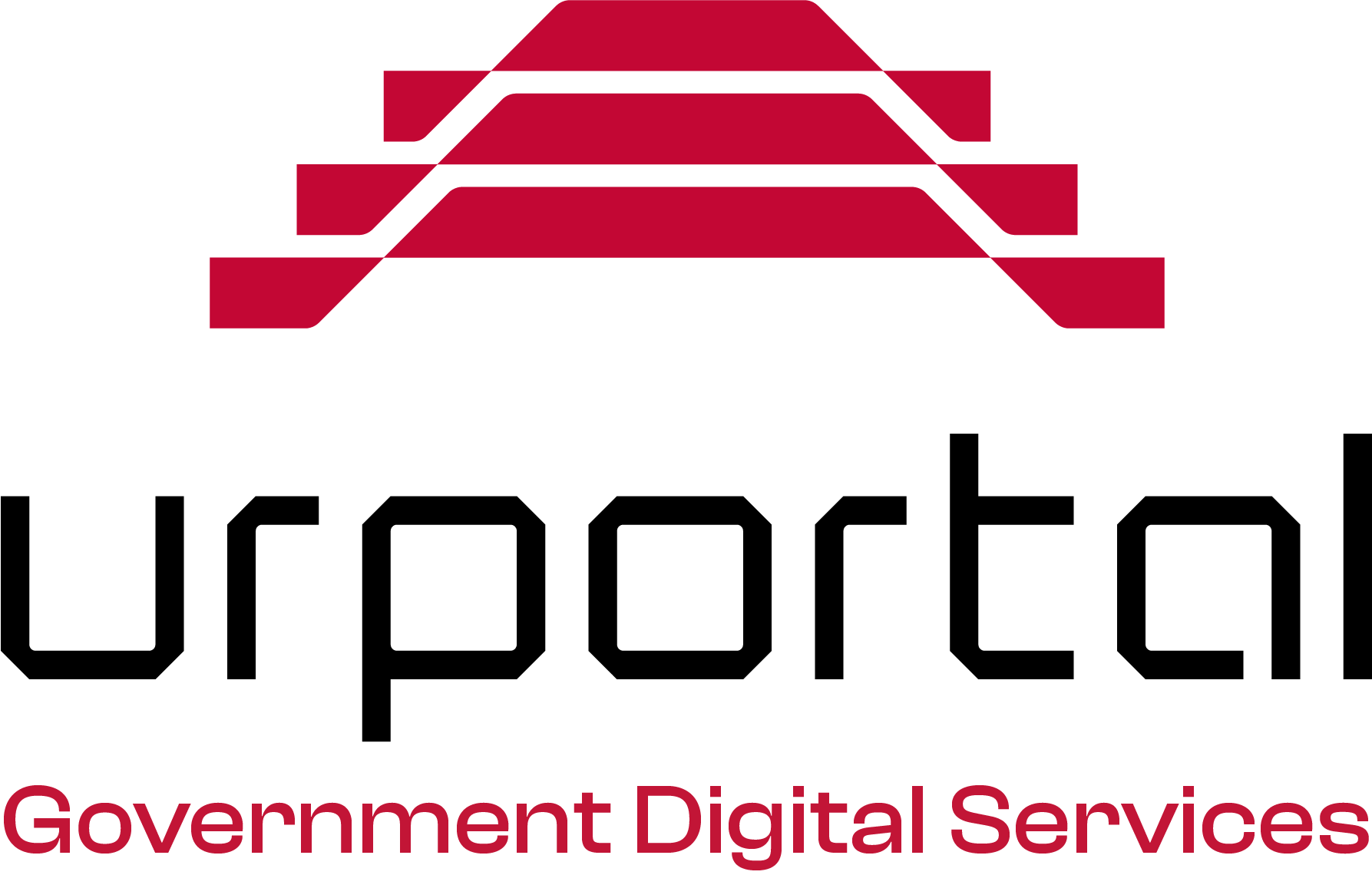Prepared by: Hanin Dakhel Muhammad
Supervised by: Asst. Lect. Rana Zaher Salman Al-Janabi
Distinctive Characteristics of Public Services
According to the literature, services can be defined by comparing them to goods, although price has not been defined in general. Philosophical contributions over three centuries have provided a set of characteristics for services, which are now required to distinguish between goods and services. These characteristics include intangibility, heterogeneity (variety), interdependence, and perishability (known today as LVLP). When we look at these characteristics today, we find that there is little distinction between goods and services, but they do present characteristics that may sometimes be relevant and other times irrelevant (Gummesson, 2007). Kotler and Keller point to a set of characteristics that distinguish services from goods, which in turn influence the design of marketing programs for services: (Kotler and Keller, 2009)
1. Intangibility (intangibility)
Unlike products Materialism: Services cannot be seen, tasted, felt, heard, or smelled before they are purchased. A person undergoing cosmetic surgery cannot see the results before purchasing. In this regard, service recipients must be able to transform intangible services into real benefits and well-known experiences. Therefore, the decision to purchase a service is more difficult than the decision to purchase a commodity.
2_Inseparability
While physical goods are produced, stored, distributed through multiple retailers, and subsequently consumed, services are produced and consumed immediately. A barber cannot perform a haircut unless he or she is present. If someone wants a service, the provider will be part of the service, because the customer is also often present when the service is produced. The provider-customer interaction is a distinctive feature of services marketing.
3_Variability
The quality of services depends on who provides the service (where, when, and to whom). Services are highly diverse. For example, some doctors have excellent capabilities, while others are less so. Service buyers are aware of this diversity and often consult with others before choosing service providers.
4_Perishability
Services are not readily available, so their perishability can be a problem when demand fluctuates. For example, transportation companies may not provide much equipment due to higher demand during rush hours than during normal hours. Some doctors may charge patients a no-show fee because the value of the service (the doctor’s presence) only exists at the time of the appointment.
5_Ownership
The lack of transfer of ownership is a distinct characteristic of services compared to physical goods. For goods, the buyer can fully use the product, store it, consume it, or sell it later. When they pay for it, the consumer owns the product. As for the service, the beneficiary is only able to obtain and use it personally for a specific period of time, and what he pays is only in exchange for the direct benefit he obtains from the service provided to him (Al-Taie and Al-Alaq 2009)


























































